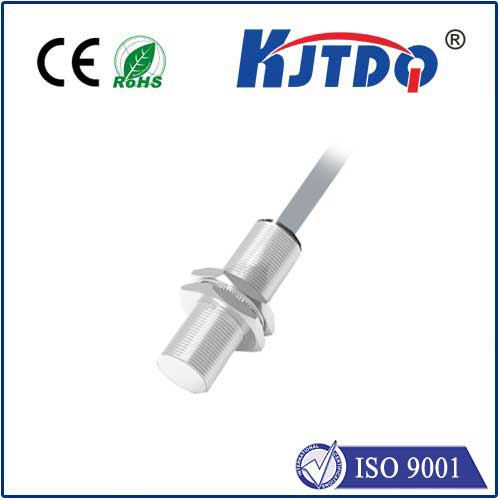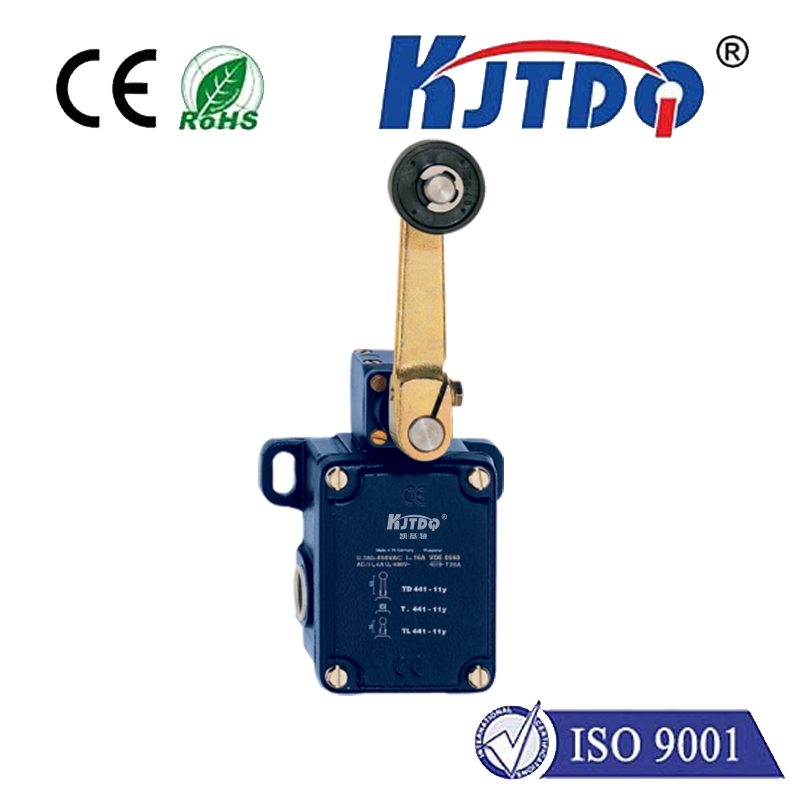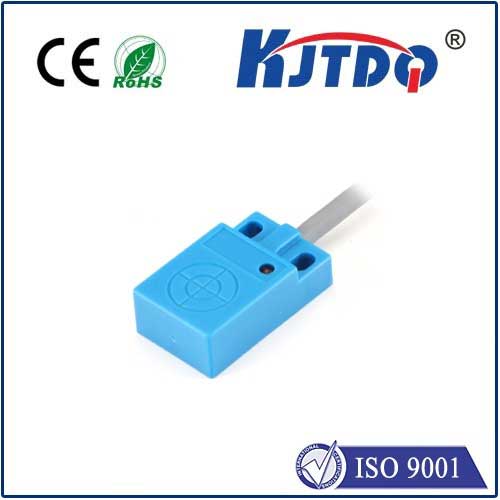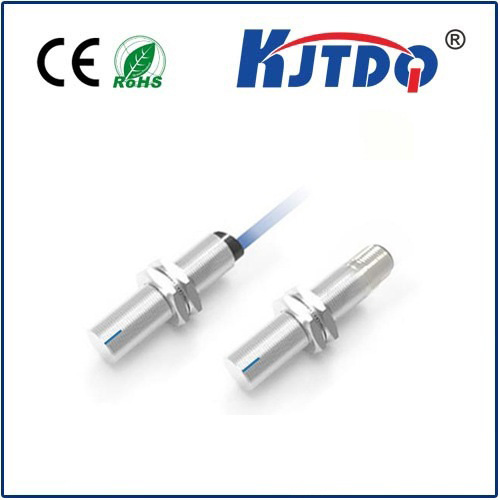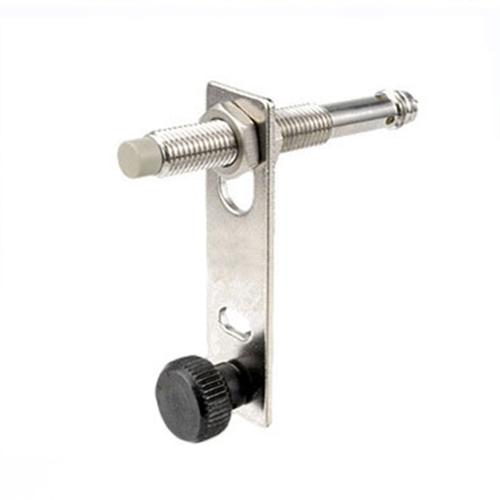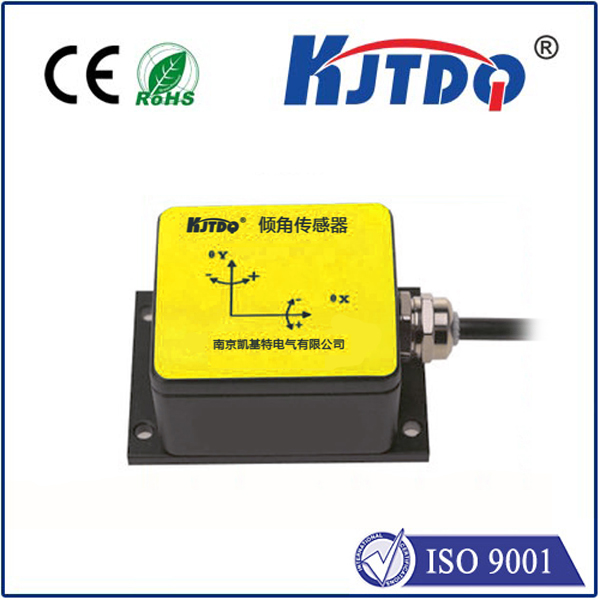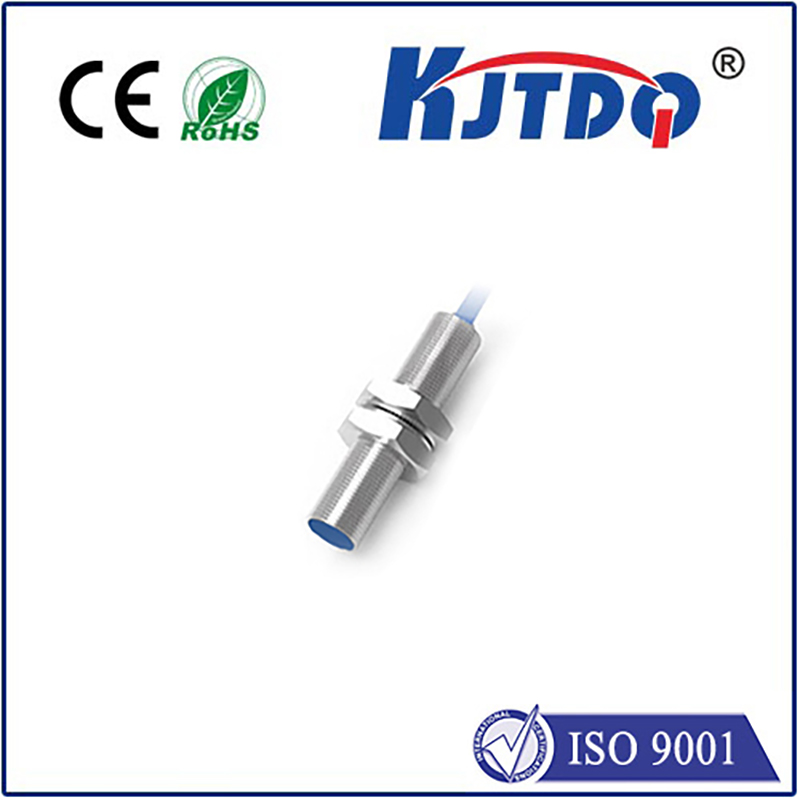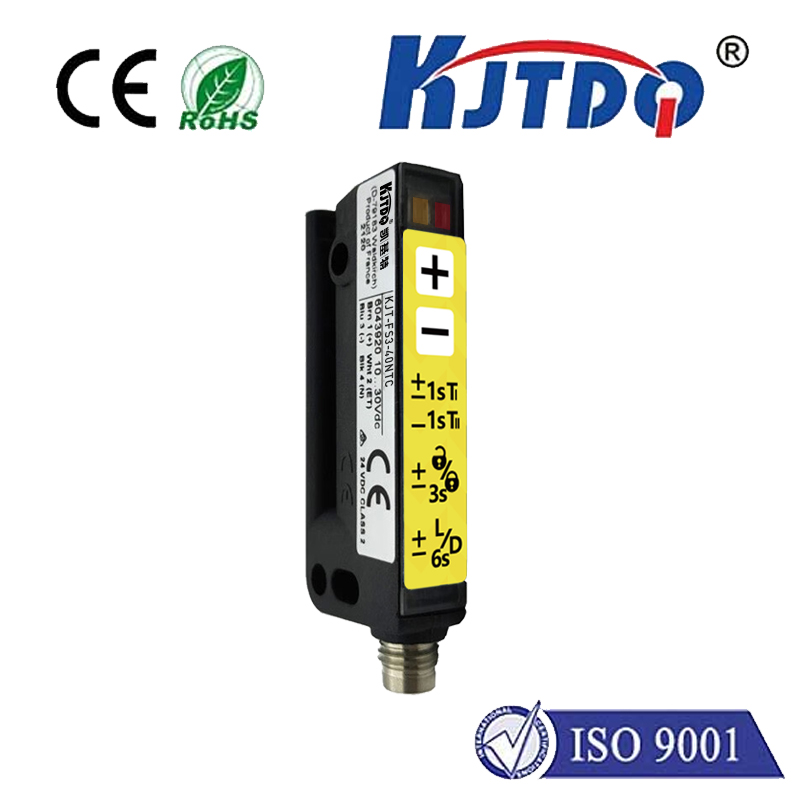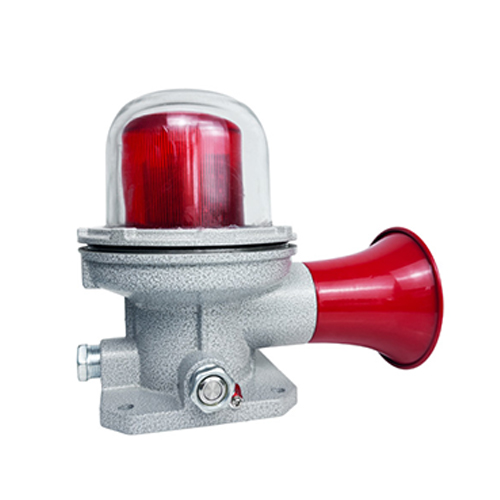

check

check

check

check

check

check

check

check

check

check
Imagine a world where a simple flicker of light from your wristwatch can reveal intricate details about your heart health, hydration levels, or even early signs of metabolic changes. This is not science fiction; it’s the rapidly unfolding reality powered by wearable optical sensors. Moving far beyond basic step counting, these sophisticated devices are harnessing the power of light to peek non-invasively inside our bodies, revolutionizing how we understand and manage personal well-being.
At their core, wearable optical sensors employ light – typically LEDs emitting specific wavelengths – to interact with biological tissues. The reflected or transmitted light is captured by photodetectors, and sophisticated algorithms analyze these subtle optical signatures. The most prevalent application is photoplethysmography (PPG), the technology behind the heart rate monitors in countless fitness trackers and smartwatches. PPG works by detecting minute changes in blood volume under the skin with each heartbeat, revealed through variations in light absorption.
However, the capabilities of modern wearable optical sensors extend dramatically beyond mere pulse detection. Researchers and developers are unlocking a treasure trove of physiological insights:

The integration of these sensors into everyday wearables like smartwatches, fitness bands, and even smart rings or patches is making sophisticated health monitoring accessible and unobtrusive. This ease of use and constant wearability is perhaps their most transformative aspect, enabling longitudinal studies of individual health patterns previously impossible outside clinical settings. The data collected paints a rich, personalized picture of one’s physiology over time.
Key Advantages Driving Adoption:
Despite the immense promise, wearable optical sensors face significant challenges that shape their current utility and reliability. Motion artifacts remain a primary foe; movement can easily corrupt optical signals, particularly for applications requiring high precision like blood pressure or glucose estimation. Signal quality is heavily influenced by skin tone, melanin levels, skin perfusion, and even body hair, leading to potential biases or inaccuracies if algorithms aren’t meticulously calibrated.
Power consumption is another constraint, as continuous optical sensing demands significant energy, limiting device longevity between charges, especially for compact wearables. Furthermore, data interpretation is complex. Raw optical signals require sophisticated, often proprietary algorithms to translate into meaningful physiological metrics. Validating these algorithms across diverse populations and use cases is an ongoing process regulated by bodies like the FDA for medical-grade claims.
Looking ahead, the evolution of wearable optical sensors is incredibly bright. Researchers are focusing on:
The convergence of wearable optical sensors with complementary technologies like inertial measurement units (IMUs), electrodermal activity (EDA) sensors, and powerful edge computing further amplifies their potential. This integrated approach enables holistic monitoring, correlating physical activity, stress responses, and optical physiological data for a truly comprehensive health snapshot. As these technologies mature and overcome current limitations, wearable optical sensors are poised to become fundamental pillars of proactive, personalized healthcare, empowering individuals with unprecedented insights into their own bodies every single day.
